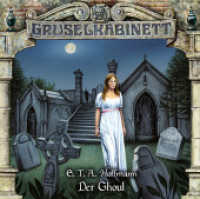Full Description
Through a detailed analysis of ghost tales in the Ashkenazi pietistic work Sefer ḥasidim, Susan Weissman documents a major transformation in Jewish attitudes and practices regarding the dead and the afterlife that took place between the rabbinic period and medieval times. She reveals that a huge influx of Germano-Christian beliefs, customs, and fears relating to the dead and the afterlife seeped into medieval Ashkenazi society among both elite and popular groups. In matters of sin, penance, and posthumous punishment, the infiltration of Christian notions was so strong as to effect a radical departure in Pietist thinking from rabbinic thought and to spur outright contradiction of talmudic principles regarding the realm of the hereafter. Although it is primarily a study of the culture of a medieval Jewish enclave, this book demonstrates how seminal beliefs of medieval Christendom and monastic ideals could take root in a society with contrary religious values—even in the realm of doctrinal belief.
Contents
Note on Sources
Note on Transliteration
Introduction
PART I
THE DEAD OF SEFER ḤASIDIM
The Dangerous Dead
The Sinful Dead
The Holy Dead
The Neutral Dead and the Pietist Dead
PART II
THE AFTERLIFE IN SEFER ḤASIDIM
Status in the Hereafter
On Sin, Penance, and Purgation
Bonds Between the Living and the Dead I
Bonds Between the Living and the Dead II
Conclusion
Bibliography
Index







